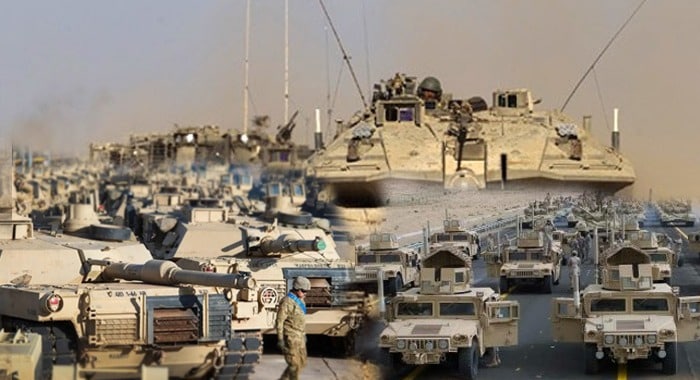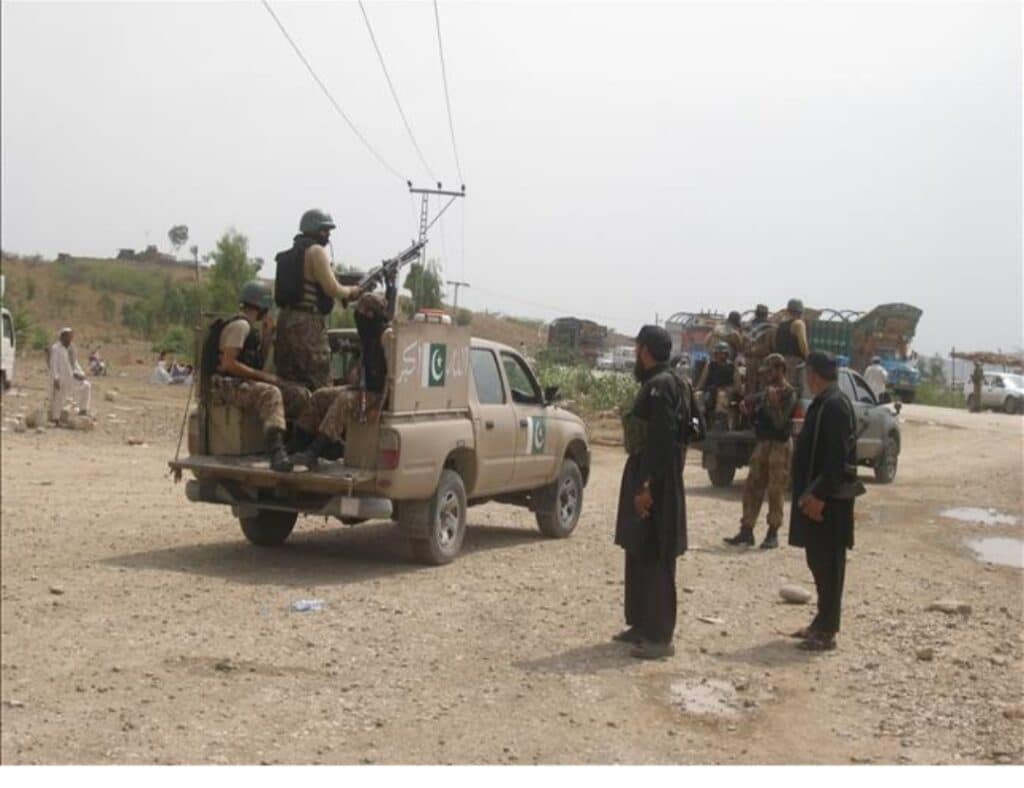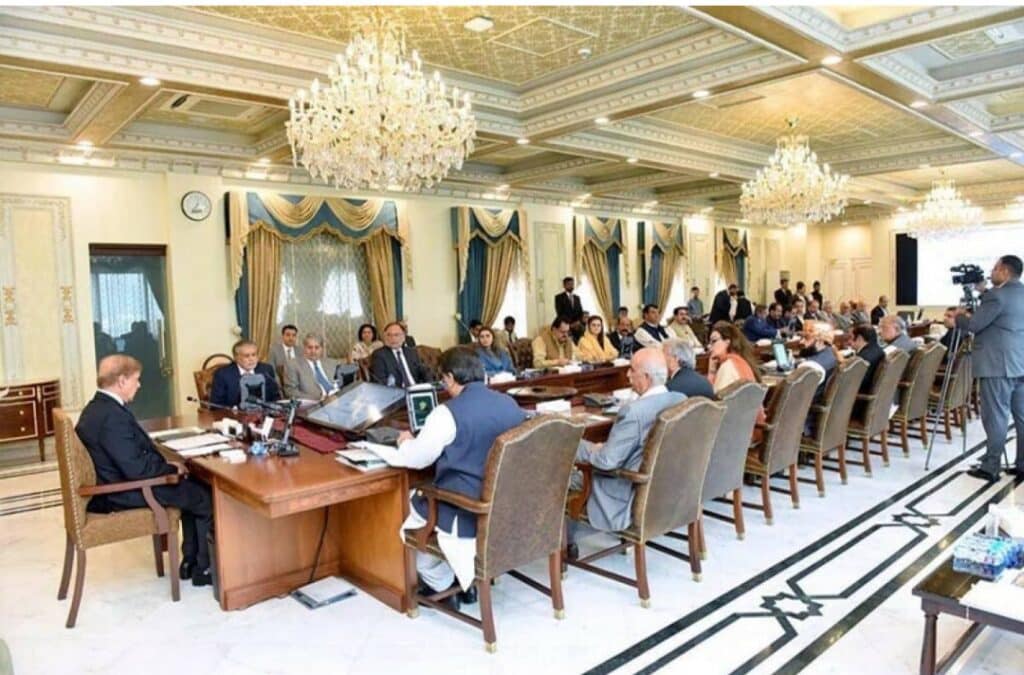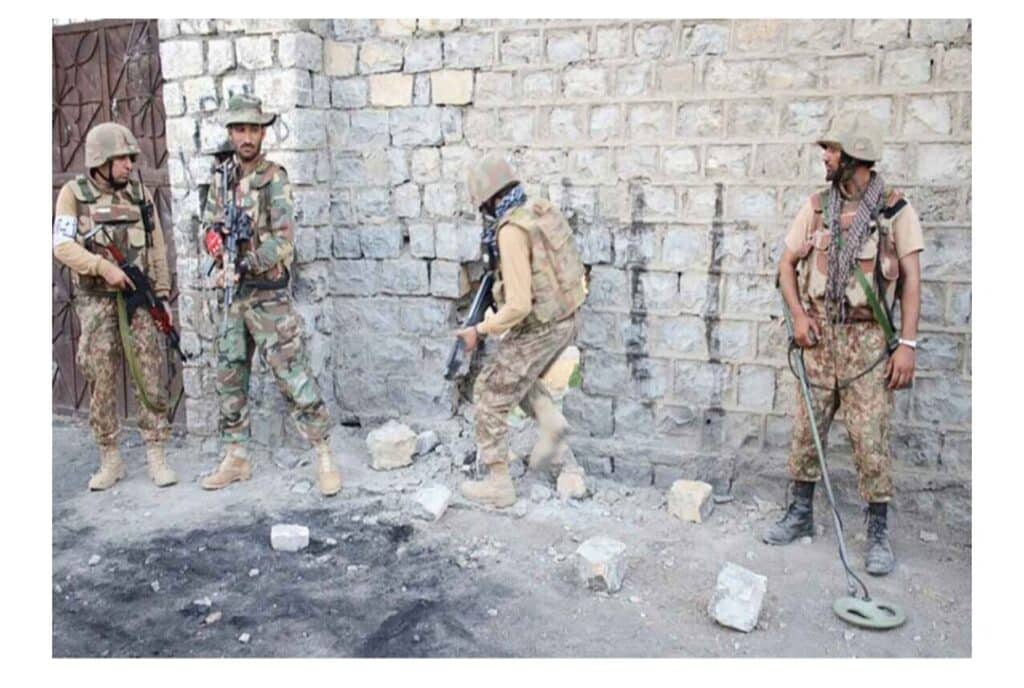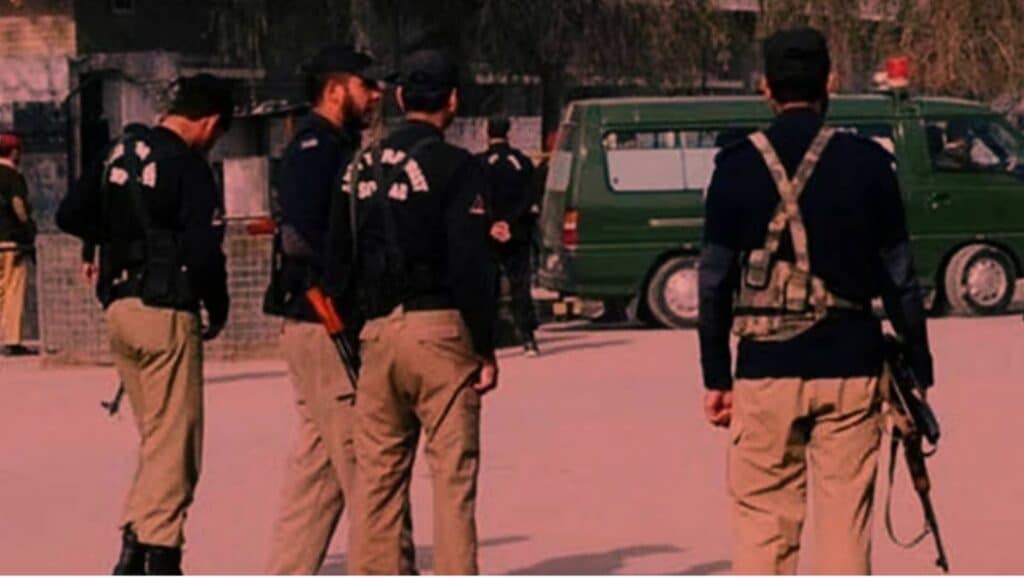The world crossed a deeply troubling milestone in 2024: global military spending soared to an unprecedented $2.72 trillion. This is not just a statistic; it is a stark reflection of a world increasingly gripped by fear, insecurity, and the prioritisation of arms over people. According to fresh data released by the Stockholm International Peace Research Institute (SIPRI), global defence expenditures jumped by 9.4 percent over the past year—the fastest growth since the Cold War’s end. And the implications of this surge are far more dangerous than many might yet realise.
The numbers tell a story of escalating geopolitical tensions, but beneath them lies a much graver reality: over 100 countries have expanded their military budgets in 2024 alone. Particularly in Europe and the Middle East, governments are pouring resources into defense with a fervor unmatched in decades. The war in Ukraine, coupled with growing doubts about America’s steadfastness toward NATO, has triggered a massive arms race across the continent, driving military budgets to heights not seen since the era of nuclear standoffs.
Russia’s own military spending ballooned to around $149 billion—an eye-watering 38 percent rise from the previous year, and double what it spent in 2015. Military expenditures now swallow 7.1 percent of Russia’s GDP and a staggering 19 percent of its total government spending. These figures reveal just how deeply the Kremlin has mortgaged its economy to sustain its war ambitions, and how war itself has become an existential economic gamble for Russia.
On the other side, Ukraine, despite its heroic resistance, faces a fiscal reality that is arguably even more harrowing. Military spending in Kyiv climbed by 2.9 percent this year to reach $64.7 billion—equivalent to 34 percent of its GDP. SIPRI’s data shows Ukraine now funnels virtually all of its tax revenue into defense, leaving its social and economic infrastructure hanging by a thread. While the international community rightly admires Ukraine’s resilience, one must ask: how sustainable is a nation when its very foundation—its economy—is entirely consumed by the machinery of war?
Beyond the battlefield, the consequences of this massive reallocation of national wealth are beginning to surface. As states channel increasingly large portions of their budgets into defense, essential services like healthcare, education, and poverty alleviation are bound to suffer. The deeper tragedy of rising military budgets is not just that they fund weapons, but that they defund hope.
In an era already grappling with climate crises, economic inequality, and political instability, this headlong rush into militarization threatens to accelerate our global decline. The hard truth is that security bought at the cost of human development is no security at all. A planet armed to the teeth but crumbling from within is a recipe not for peace, but for perpetual conflict and collective misery.
The record military spending of 2024 is not merely a response to current crises; it is a dangerous investment in future instability. If the world’s leaders continue to pour trillions into weaponry while neglecting the fundamental needs of their people, we are setting ourselves up for decades of compounded disaster.
History has taught us—repeatedly—that arms races end badly. Yet here we are again, racing headlong into a future shaped by fear rather than hope. If ever there was a time to change course, it is now.

